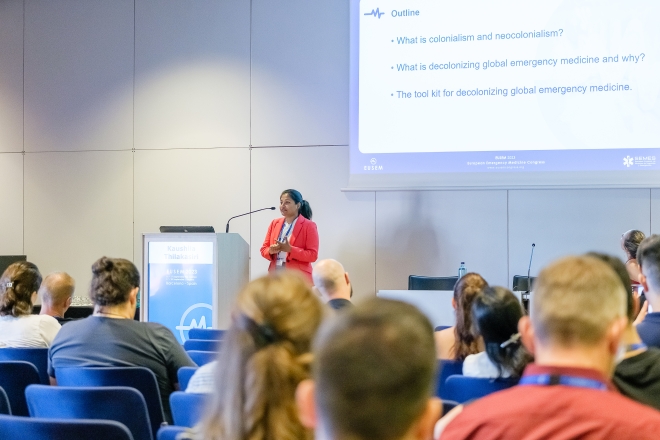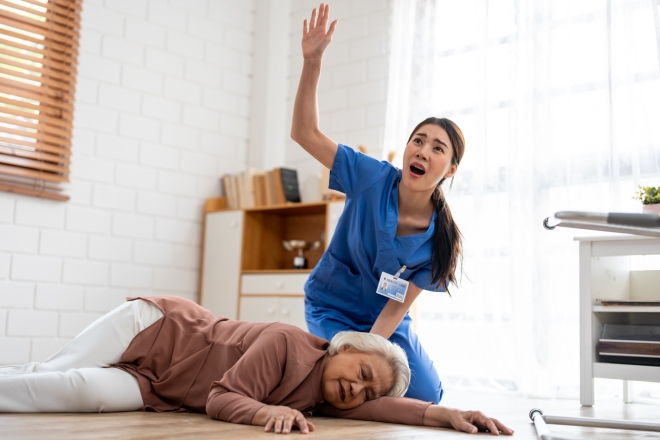More abstracts selected for oral presentation at EUSEM 2024
The number of abstracts submitted for presentation at EUSEM 2024 is back to pre-COVID levels according to chair of the congress abstract selection committee, Dr Barbra Backus.
A total of 1228 abstracts were submitted by the main submission deadline on 7 May, and the committee chose 166 for oral presentation, 49 for eposters with five-minute oral presentations (moderated posters) and 839 for presentation as eposters.

Barbra, who has been a member of the abstract selection committee for five years and is also an associate editor of the European Journal of Emergency Medicine, says: “We had a very good number of submissions, and the quality of the research is certainly good.”
This year, the committee is trying a different approach for the abstract presentations in order to mitigate the problem of having large numbers of moderated posters during the breaks between scientific sessions when the attention of participants is often divided between posters, socialising, networking and visiting the exhibition.
“We decided to increase the number of orals and have fewer moderated posters in the hope of improving well-deserved attention for the presenters,” she said. “We have a ‘Best Abstracts’ session on Monday 14 October between 09:00 and 10:30 that is really important. This is for abstracts of high-quality, which have been highly rated during the abstract selection process because of their good methodology, a good sample size, or because they are interesting and very relevant for a broad spectrum of emergency physicians. But of course, all the abstract sessions will be important and interesting for different reasons.
“This year we’ve seen a few more abstracts submitted on artificial intelligence, environmental topics, ‘green’ emergency departments and pollution, which are all important topics. Then there are abstracts on recurring themes such as biomarkers, cardiovascular emergency medicine, geriatrics, neurology and paediatrics that, together with things like trauma care, resuscitation, risk stratification and ultrasound, are all part of our core business. Almost all of these important topics fill at least one full session with abstracts.”
Barbra, who is an emergency physician in Rotterdam, The Netherlands, is now encouraging researchers to submit late breaking abstracts (LBAs) to the congress between 16 and 23 September. She expects approximately 100 to be submitted and about six will be selected for oral presentation.
“Late breaking abstracts need to be innovative, not just an abstract that, for instance, is mainstream, that could have been submitted three months ago but the researchers were too late with their analysis so are submitting as late-breaking. Late-breaking should be ground-breaking. We are keen to see multi-centre abstracts on innovative medicine that is applicable to emergency medicine and physicians, and that can make an impact on the quality of health care provided in emergency departments.”
Barbra concludes: “We have a really good and interesting programme for EUSEM 2024. Although the bigger sessions, with keynote speakers, tend to attract larger audiences, people may be surprised that the oral abstract sessions are just as important in terms of the research quality, innovation and newsworthiness. These studies are our knowledge and practice of the future.”
View the programme here






